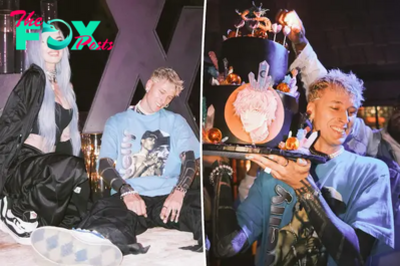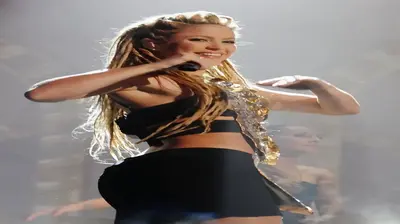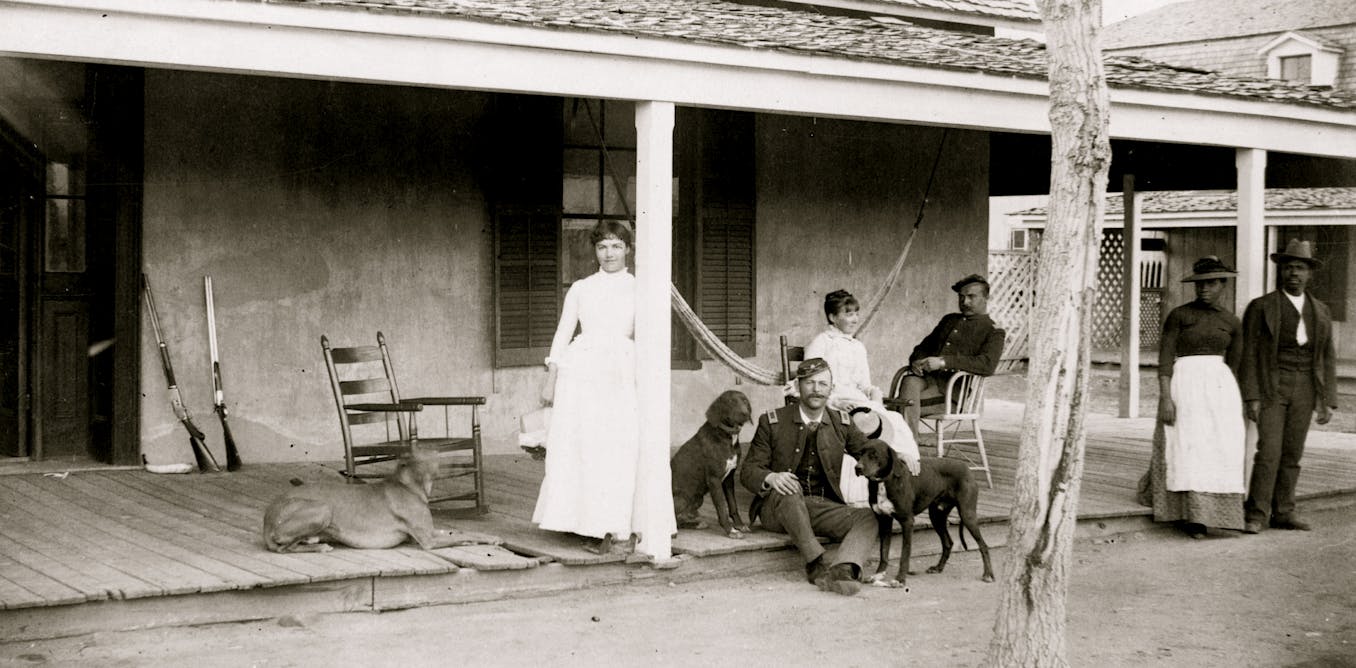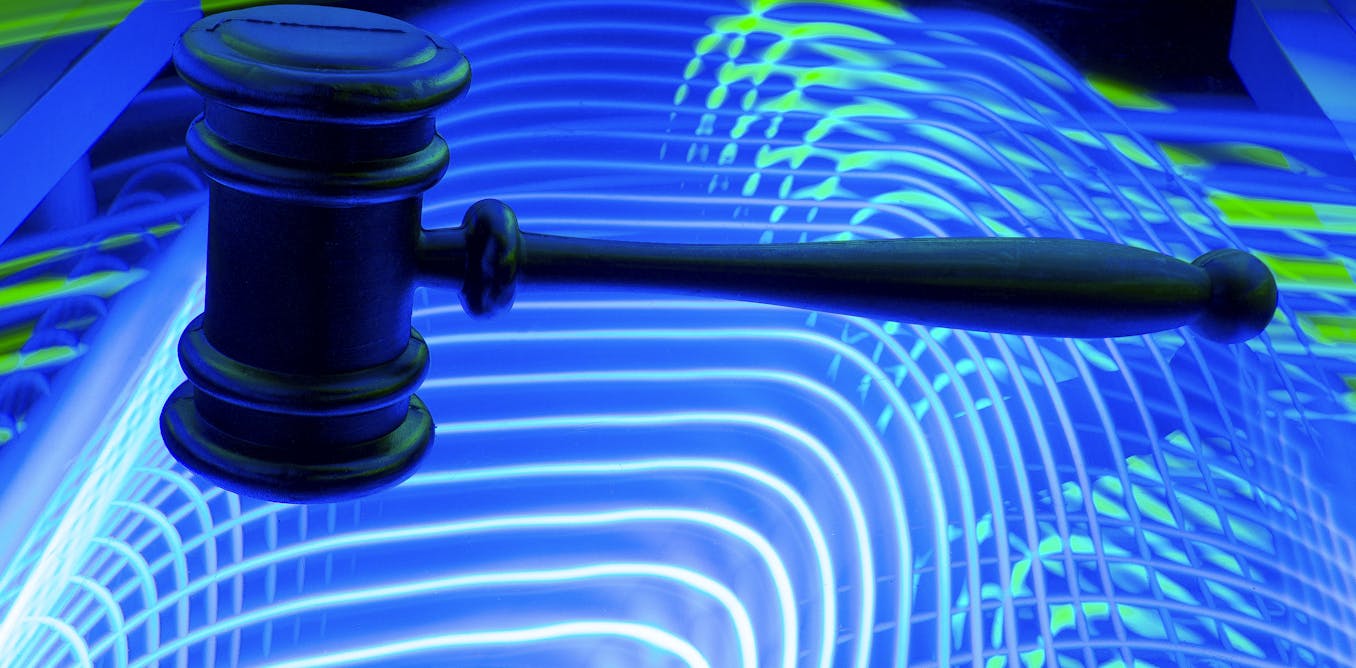Celebrity
The Story Behind Taylor Swift’s LED Light-Up Outfit From Her 1989 World Tour
Name any pop singer during an onstage performance and chances are her costumes consist of sequins (lots of ’em), sheer pieces in varying degrees of opacity (from semi to completely translucent), body-hugging silhouettes, and frankly, little to no fabric. But Taylor Swift—well, she’s not your average multi-platinum megastar. During her 1989 World Tour, she continues to light up every single sold-out stadium packed with something like 60,000 fans. Literally. She actually lights up.

It’s a song that starts out like any other, with a giant HD screen for a backdrop and the instrumental beginnings of “How You Get the Girl,” complete with the staccato pitter-patter of rain drops for effect. But the crew of 12 backup dancers possess more than just skilled footwork choreographed to perfection—each one is decked in three-piece battery-operated suits lined with LED light strips that run down each seam. The umbrellas they’re holding, too, are striped with LED lights. The climactic moment, though, is when Swift appears in a flash of light, courtesy of her own LED-equipped crop top and skirt set.

All of that—the lights, the costumes, everything—is the collaborative group effort, or rather, the genius work of three hardware-software-radio design electronic engineers Dave Sheinkopf, James DeVito, and Dylan Fashbaugh, and costume designer Asher Levine.
“It’s basically an LED screen on a person. Each dancer has 800 pixels spread across the body, which is synched up to the music,” Sheinkopf tells InStyle. “The lighting design for the stage has 35,000 moving parts. It’s definitely the most innovative, progressive lighting system out there.”
That’s not to say that Swift is the first singer ever to wear Technology during a performance. Sheinkopf calls out Katy Perry and Rihanna as her predecessors, but it’s “definitely the most complicated wearable lighting system for a stage show. It’s the first time that’s been done with 13 people at once,” he says.
And given that level of complexity, there was definitely no shortage of challenges. For one, the rigorous stunts had to be considered. “When I first saw the dancers rehearsing the routine, I almost fainted,” Sheinkopf says. “I thought it was impossible. We were basically installing computers on them. Electronics on a moving part is always difficult, but it becomes increasingly difficult when it’s a dancer who’s doing backflips or somersaults.”
Other than taking quick 25-second-long costume changes into account, the other challenge was not knowing whether cell phone interference would disrupt the lighting radio-control signal. “There really was no way to test that,” he explains. “We encrypted the signal, coded, decoded, and coded it so many times. We did everything we could and crossed our fingers. When it all worked out, it was such a relief.”

But let’s get back to the star of the show. For Swift’s costume, the team had designed two outfits for her—one version was the crop top and skirt, the other was a little longer. And no surprise here, she liked the crop top one better. Unlike the backup dancers, hers has a simpler design—it’s set up as a grid, a matrix, Sheinkopf explains, likening it to a Times Square billboard screen. The first time he saw everything in action was at the first full dress rehearsal.
“We were standing in an empty research facility and we were running on a total of four hours of sleep the whole week, but the lights dropped and hers lit up, and I was almost in tears,” Sheinkopf says. “It was an amazing moment.”
And what about Swift’s reaction? “She loved it—she freaked out.”
-

 Celebrity4h ago
Celebrity4h agoMartell Holt Calls Shereé Whitfield “Mrs. Holt” (PHOTO)
-

 Celebrity4h ago
Celebrity4h agoGates of Olympus 1000 Review – Film Daily
-

 Celebrity6h ago
Celebrity6h agoMachine Gun Kelly celebrates his 34th birthday with Megan Fox after ending their engagement
-

 Celebrity11h ago
Celebrity11h agoReese Witherspoon Reflects on 25 Years of Election’s Tracy Flick
-

 Celebrity11h ago
Celebrity11h agoAnne Heche’s estate cannot pay over $8M in debts, son says – National
-

 Celebrity12h ago
Celebrity12h agoCaitlin Clark gushes over boyfriend Connor McCaffery on their first anniversary: ‘You make every day better’
-

 Celebrity12h ago
Celebrity12h agoDonna Kelce gushes over ‘talented’ Taylor Swift’s ‘TTPD’ album: ‘It is probably her best work’
-

 Celebrity18h ago
Celebrity18h agoCasting Networks Sued Over Subscription-Based Service



























